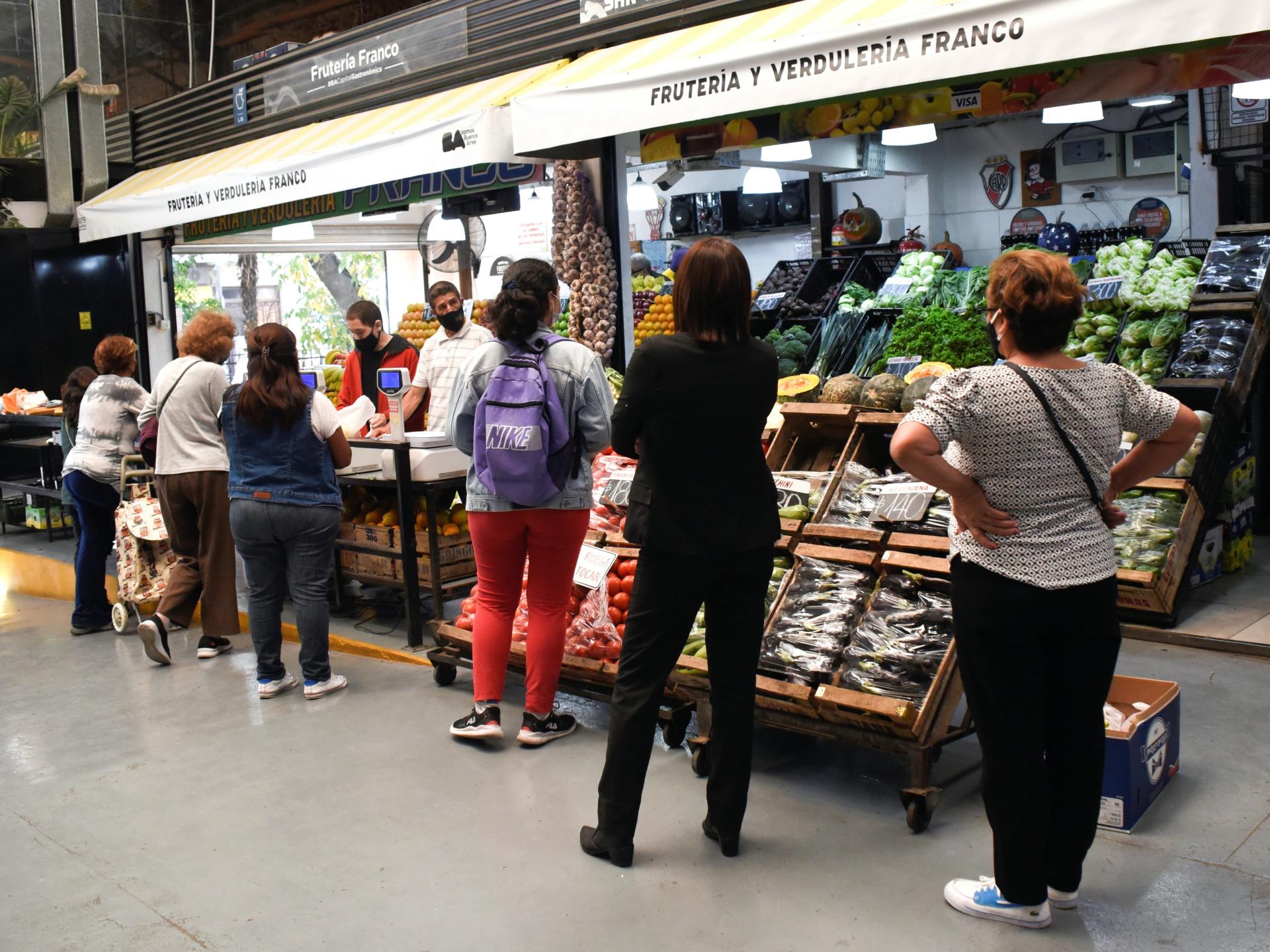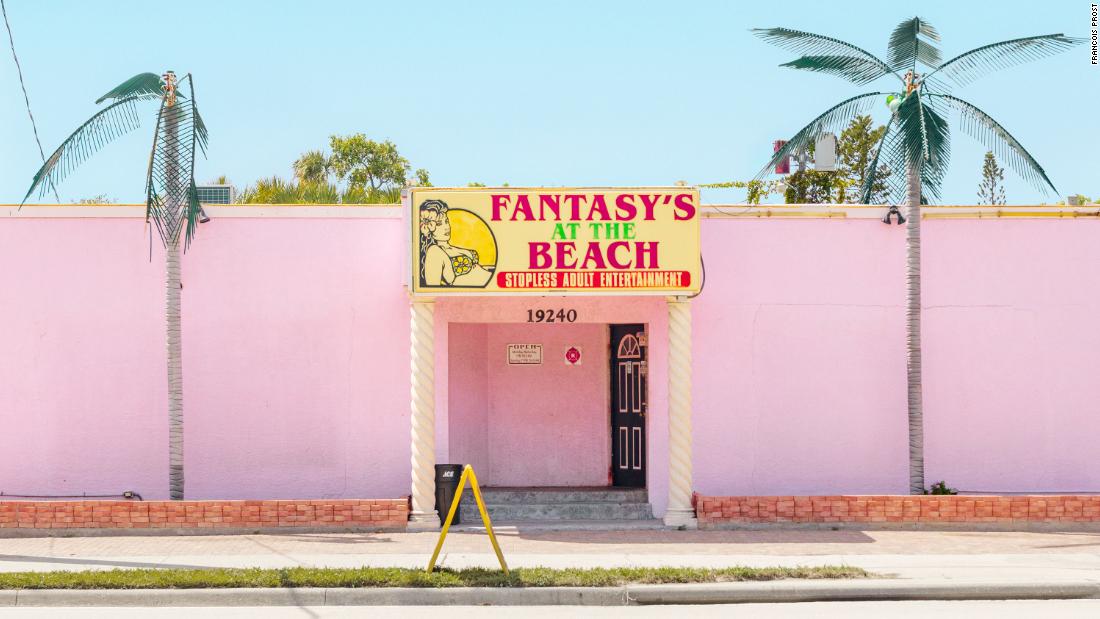Photos: The Bangladesh town offering new life to climate migrants
Monira Khatun was devastated after her husband suddenly abandoned her. She returned to her father only to face another blow: he died soon after, leaving her to shoulder three other family members’ care.
Without any work, the 29-year-old was worried about feeding them.
“I lost everything. There was darkness all around,” Khatun said. “My parents’ home was gone to the river for erosion, we had no land to cultivate.”
She ended up working at a factory in a special economic zone that employs thousands of climate refugees – like Khatun – in the southwestern town of Mongla, where Bangladesh’s second-largest seaport is located.
These refugees from climate-affected areas within Bangladesh lost their homes, land and livelihood, but found a new life in the riverside coastal town about 50km (30 miles) inland from the Bay of Bengal.
Some 150,000 people now live in Mongla – many of whom moved from villages near the Sundarbans forest, the world’s largest mangrove forest, which straddles the border of Bangladesh and India and harbours endangered Bengal tigers.
Being forced by climate change to move, within borders or beyond, is a growing reality expected to accelerate in the decades ahead.
More than 19 million people are expected to become internal climate refugees by 2050 in Bangladesh, according to the World Bank.
Over the next 30 years, 143 million people are likely to be uprooted by rising seas, drought, searing temperatures and other climate catastrophes, according to an Intergovernmental Panel on Climate Change report published last month by the United Nations.
Leaders in Asia, already one of the hardest-hit continents, are scrambling to confront major changes taking place.
Climate scientists such as Saleemul Huq, director of the Dhaka-based International Centre for Climate Change and Development, are branding Mongla as a climate-resilient town for the refugees.
“When it comes to adaptation, Mongla is a success story. Changes are coming there as an example of how climate refugees could transform their life through new opportunities, through a new approach of adaptation,” said Huq.
“Now, we expect to replicate the Mongla model to at least two dozen other coastal towns across Bangladesh as safe homes for climate refugees.”
Nazma Binte Alamgir, a spokeswoman for the government regulator Bangladesh Export Processing Zones Authority, said about 10 more factories are in the pipeline to start production soon in Mongla, adding thousands of jobs.
“This is good news for the people who are suffering in the region. They will have a chance to survive in a different way,” she said.
To become resilient, Mongla raised an 11-kilometre (7-mile) embankment along a newly built marine drive designed to stop flooding, two flood-control gates, a better drainage system, a water reservoir and a water treatment plant, said Mongla’s mayor Sheikh Abdur Rahman.
“There were only about 2,600 workers in the Mongla EPZ [Export Processing Zone] in 2018, but now there are about 9,000 workers employed in different factories,” he said. “The changes are visible.”
Reshma Begum, 28, is one of them.
Begum used to catch fish in the river that swallowed her home, making her three-member family homeless. Now she lives temporarily on another man’s land and works at a factory in the EPZ.
“Now I earn a good amount of money each month to support my family,” she said, adding that her husband is a day labourer and contributes to the family’s income.
“Maybe we will build a new house in the future by saving some money,” she said.




